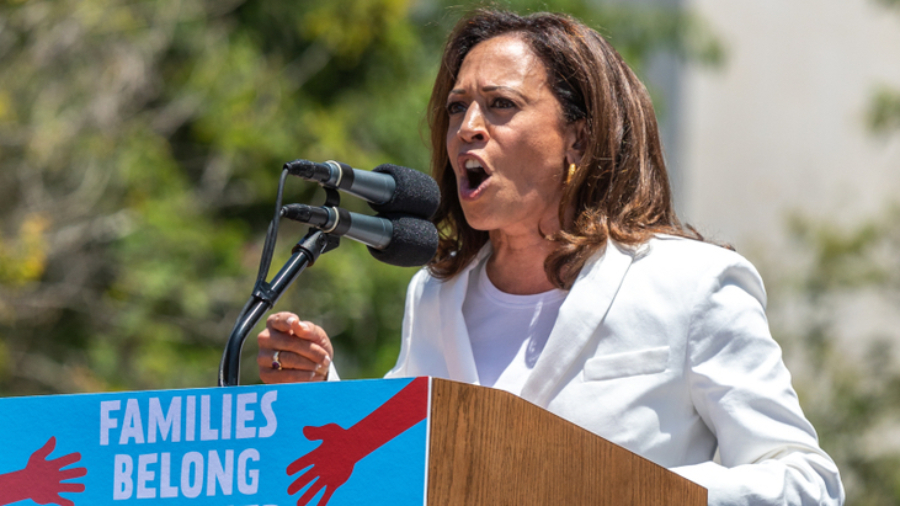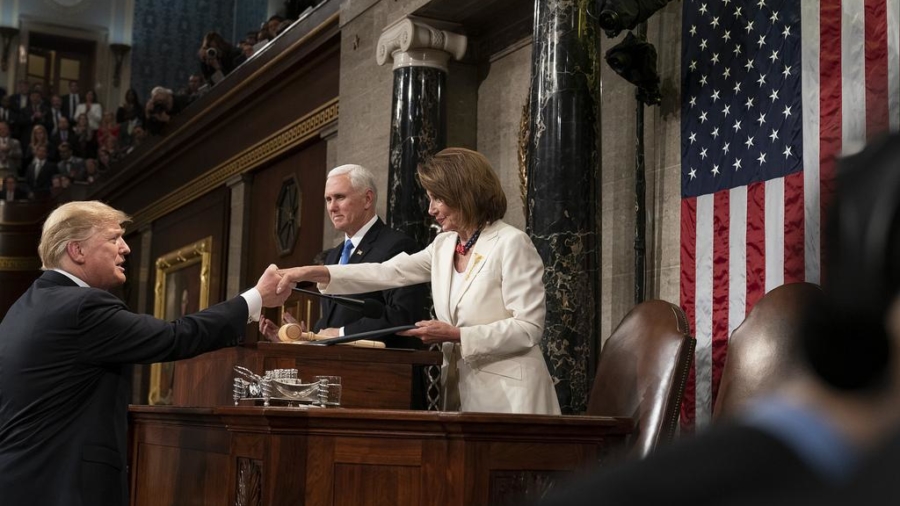California U.S. Senator Kamala Harris (D) is running for President of the United States. So are three other women. She is joining a field of candidates who will be nothing short of amazing. Women and men of color are declaring their candidacies and that in itself is historic. What’s also historic is 2020 will have more women candidates run than ever before. There are so many positives to celebrate, but Democrats are too busy tearing down their own candidates before any debates even start.
Specifically, there’s lots of debate around Kamala. She’s a historically black college or university (HBCU) graduate, born to immigrant parents, pledged a Panhellenic sorority, Alpha Kappa Alpha, Inc. and most notably the former top cop of California, having served as the State’s Attorney General.
We can now dismiss with the pleasantries because the not-Kamala-choir is ready to sing. Since she made her presidential announcement, which was literally 2 days ago on the Martin Luther King Jr. Holiday, several articles have come out about her. Some are in support, but many are critical of her record as San Francisco Attorney General and her state role as Attorney General. Even more, there has been a ton of social media traffic about her race. And even more than the social media traffic is the HBCU stans and notably Howard University graduates and students who are vehemently defending her existence.
As a graduate of an HBCU, I understand the pride that comes with seeing one of our own run for any elected office, let alone running for president. And as a graduate of Howard University I also understand how my fellow alumnae might walk around with our heads held high and our egos on 10000. However, one thing the HBCU and Howard experience has taught me is to trust but verify. Measure twice and cut once.
As an ardent supporter of women running for office I am elated to see a woman of color run for president after the historic run of Shirley Chisholm. After Hillary Clinton’s historic run in 2016, I think there is an urgent need to have a woman president. Heck we need more women in elected office everywhere. And we definitely need more women of color. But again, it is important that we give Kamala the same critical assessment that we are giving all other candidates, Democrat, Independent and Republican. The blind loyalty and undying support of her candidacy can be exciting if you are going to support her without any consideration of another candidate. But to do so because she went to your school or pledged your sorority is questionable.
Over the last few weeks, several articles have come out about her time as a prosecutor. Some of her actions have been questioned in pieces like The New York Times opinion piece and the article written in The Intercept about her survival as a candidate in the age of the Black Lives Matter movement. These articles point out her stances on controversial cases that some would deem “on the wrong side” of convictions or her silence on stances she might have taken on issues related to criminal justice. But there are also pieces written that highlight many of her reforms and why she is favorited to get an endorsement by former President Barack Obama. Notwithstanding her professional experience, which she will have to explain, it would be prudent for all to carefully consider why you support her candidacy over collegiate and social group affiliations. Afterall, attending a ‘proclaimed’ elite university and joining a sorority has yet to prove anyone is ready to become the next president.
This article was originally published on 1 January 2019.


